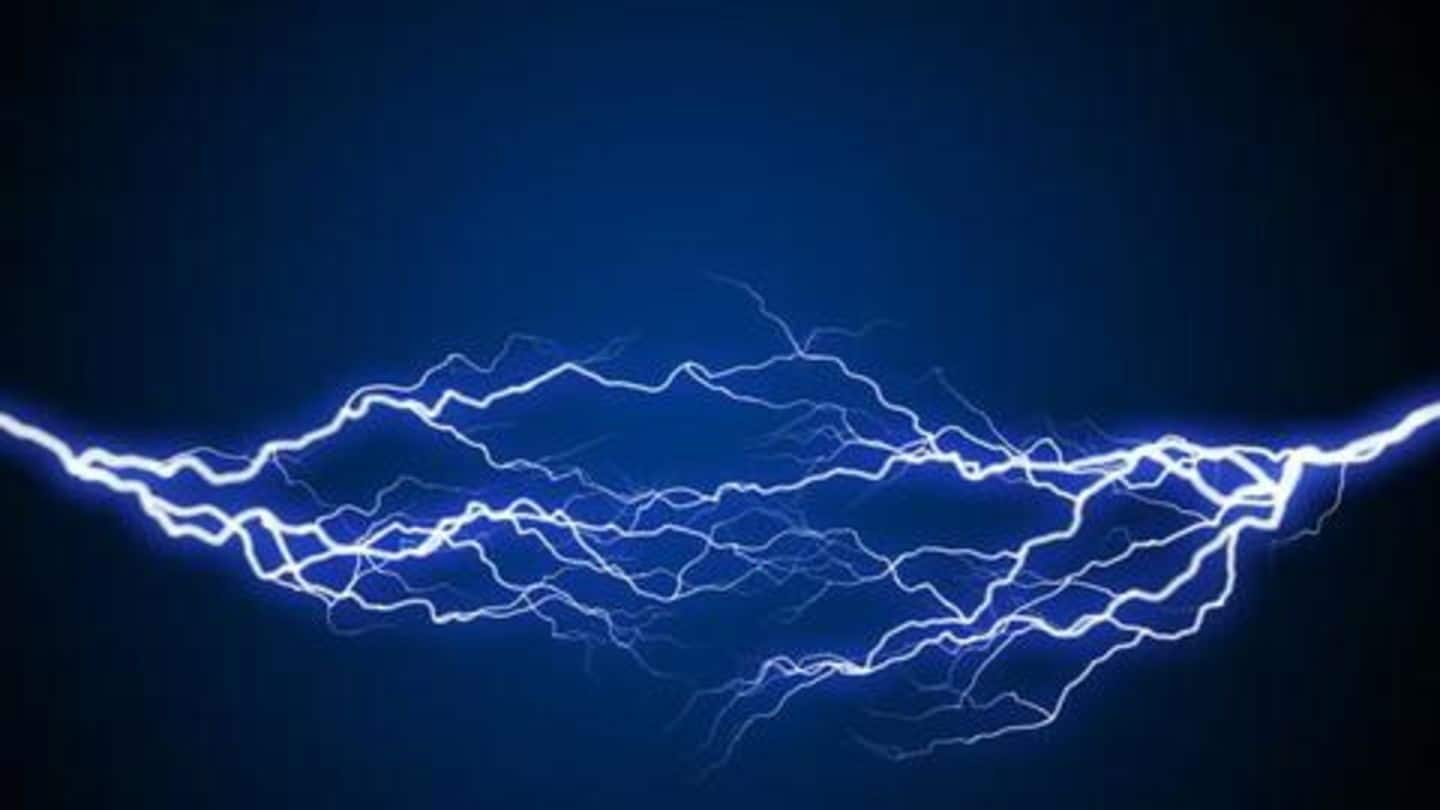
Scientists have built a device to generate electricity from air
What's the story
In a first, scientists have developed a device capable of generating electricity out of thin air. Quite literally! The solution, dubbed 'Air-gen', relies on the moisture or water vapor found in the air and is being seen as a major game-changer in the whole sustainable energy scene, something that could even change how wireless electronics are powered. Here's all about it.
Microbe
Rare microbe leading to development
Over three decades ago, scientists had discovered a strange 'sediment' microbe that belonged to the Geobacter genus but produced protein nanowires capable of conducting electricity. For years, scientists tried exploiting the unusual gift from the organism. And just recently, a team from the University of Massachusetts Amherst managed to make a breakthrough - by tapping the nanowires using electrodes, and came up with Air-gen.
Working
Electric current from almost nothing
Air-gen uses a thin film of the protein nanowires between a pair of electrodes and exposes it to the air. The exposure allows the film to absorb the water vapor, ultimately enabling the device to generate electrical current conducted between the two electrodes. The charge, according to the team, is caused by the diffusion of protons along the nanowire, due to the moisture.
Accident
Accidental discovery while conducting experiments
Lead researcher Jun Yao came up with this tech when he noted that the nanowire devices he was working on were conducting electricity on their own. "When the nanowires were contacted with electrodes in a specific way, the devices generated a current," he noticed before figuring out that "exposure to atmospheric humidity was essential and that protein nanowires adsorbed water, producing a voltage gradient."
Practicality
Enough current to power small devices
In its current form, Air-gen can generate enough electrical current to power small electronics. The team will scale up their creation to boost the level of energy and make significant contribution to sustainable energy production, even in the driest parts of the world. But, before that, they will try streamlining the current model by developing small air-gen "patches" capable of powering small wearables/phones.
Quote
Here's what Yao said about scaled up Air-gen
"The ultimate goal is to make large-scale systems," Yao said, adding that "the technology might be incorporated into wall paint that could help power your home. Or, we may develop stand-alone air-powered generators that supply electricity off the grid."